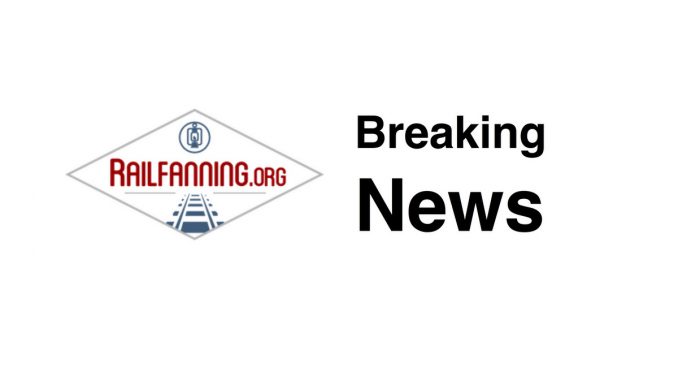
(The Center Square) – Sound Transit will transition from charging riders by distance to a flat rate of $3 for using the Link light rail system next fall.
The $3 flat fare cuts approximately $100 million in projected fare revenue assumed in Sound Transit’s most recent Fall 2023 Finance Plan. The new rate would bring in $4.1 billion in light rail fare revenue through 2046 and $94.9 million in 2027.
According to the agency, the $3 flat rate does slightly boost fare revenue in the near term, but lowers revenue in the long term due to the increasing size of the system that would have seen higher fares with the maintenance of a distance-based fare structure.
Sound Transit added in its resolution that while underperforming the Fall 2023 Finance Plan, this option would outperform a scenario in which no fare change occurred.
The agency’s rationale for switching to a flat rate was that as the Link light rail system continues to expand, this results in a larger distance-based fare table and more fare rates.
“With easy-to-understand pricing, and ORCA programs to match every income, there’s never been a better time to get on board Link,” King County Executive and Sound Transit Board Chair Dow Constantine said in a statement. “Link is expanding to serve more and more communities over the next few years, and this simple pricing will make getting where you need to go even easier.”
Currently, Sound Transit charges between $2.25 and $3.50 for adults depending on the distance a rider travels. The last time Sound Transit raised its light rail fares was in 2015.
The Sound Transit Board of Directors chose the $3 flat rate over $3.25 and $3.50 flat fare proposals. Both options would have increased expected fare revenue by at least $100 million. The $3.50 rate would have provided $4.7 billion in Link fare revenue through 2046 and $111.3 million in 2027.
The change to a flat fare rate goes against public feedback. Outreach activities that ran from Sept. 25 through Oct. 22 found that 54% of respondents found a distance-based fare affordable, whereas 41% found a flat fare affordable.
Data from Sound Transit revealed that while Link ridership recovered from the COVID-19 pandemic, farebox recovery remains below the 40% farebox recovery target defined in the fare policy. Last year, Sound Transit’s systemwide ridership increased 83%, whereas fare revenue only increased 60% to $45.1 million when compared to 2021.
— Spencer Pauley, The Center Square

